The Quotient Image:
Class Based Recognition and
Synthesis Under Varying Illumination Conditions
Our approach is based on a new
result showing that a set of all images generated by varying lightening
conditions on a collection of objects all having the same shape but differ in their surface
texture (albedo) can be characterized analytically. The
characterization involves a single signature image per object and
three model images (taken from distinct lightening conditions) of any one of
those objects. The product between the signature image of
an object and the linear subspace determined by the three
(fixed) model images generates the
image space of that particular object.
The second result is on how
to obtain the signature image from a database of example images of several objects
while proving that for arbitrary texture variation the signature image obtained
is invariant to illumination
conditions. The work is demonstrated by varied animations .
Previous Work
Consider a space of all images (image
space) of an object under varying illuminations. Each n-pixels image can be
represented as an n-dimensional point in the image space. When the surface of
the object is matte, one can easily show that the image space
lives in a 3 dimensional subspace (Shashua 91,97)
Linear combinations of 3 differently illuminated images
of the same objects yield novel
images of the object under new illuminations. 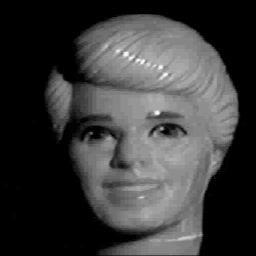
Synthesis Task
Given a new image, b =
and a database of other images of
the same class,
generate new images from b, simulating the change of illumination.
Recognition Tasks
Given a database of images of N
objects each under 3 different illuminations and an image of an object
taken under novel lightening
condition, Identify the object.
The Quotient Image
We have developed
a method to find a signature image which can be used as an object's
representative under given view point.
This signature image is actually the quotient between the novel
image b and a linear combination of 3 model images.
We name this image the 'Quotient Image'.
The quotient image should be
invariant to varying illumination conditions
of the novel image b.
Here, each of the images was formed from
a different set (in terms of illumination) of 3 model images.
Examples
We have conducted a wide range of
experimentation on the algorithm presented above. In the first ones to be
demonstrate here we used a high quality database prepared by Thomas Vetter and his
associates.
Example 1
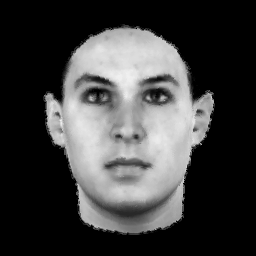 Compare to ...
Compare to ... 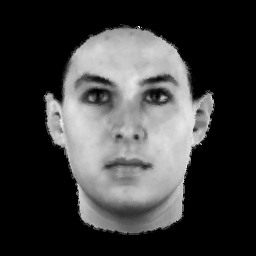 Compare to ...
Compare to ... 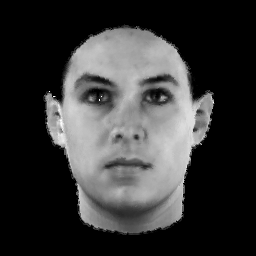
This animation was generated
This animation was generated
This
animation was generated from
from linear combination of the above
from
10 objects database
one object database(see above)
3 original images
using q_image method
using q_image
method
The same algorithm can be applied with color
images converting the original RGB matrix to HSV and and Using the V matrix.
The new V matrices formed in the process are then
recombined again to H and V.
Bill and Monica in a New Light
Original
image
Q image
original image
Q image
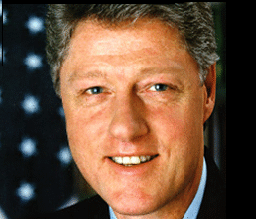
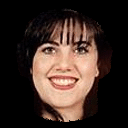
New generated
images
New generated images